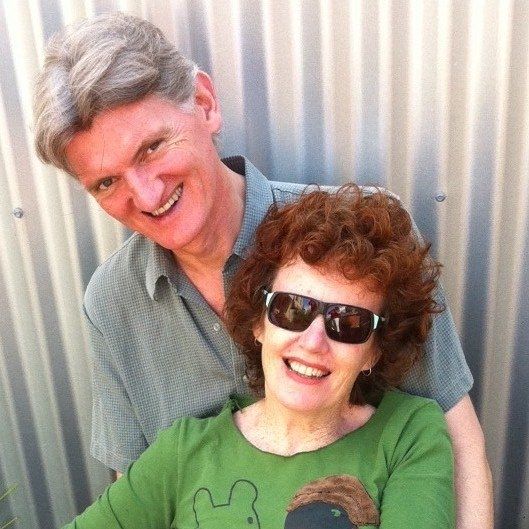1. Why would anyone want to walk 2,000 km?
It’s a very good question and one that we asked ourselves when we met Helaine on the Via de la Plata in 2008. She had started and intended to finish the Via Francigena. To be honest, we thought it a crazy notion.
Then, towards the end of 2021, after two years of COVID lockdowns and restrictions, we started wondering how we should respond to the constraints; sometimes we hadn’t been able to walk further than 5 km from our home (Melbourne, Australia). As we talked, it became clear that to put COVID-19 behind us we needed to walk, and the further the better. Helaine and the Via Francigena re-entered our consciousness. To walk 2,000 km over three months through five countries felt like the appropriate way to embrace a newly re-opened world.
Read MoreLike this:
Like Loading...
















